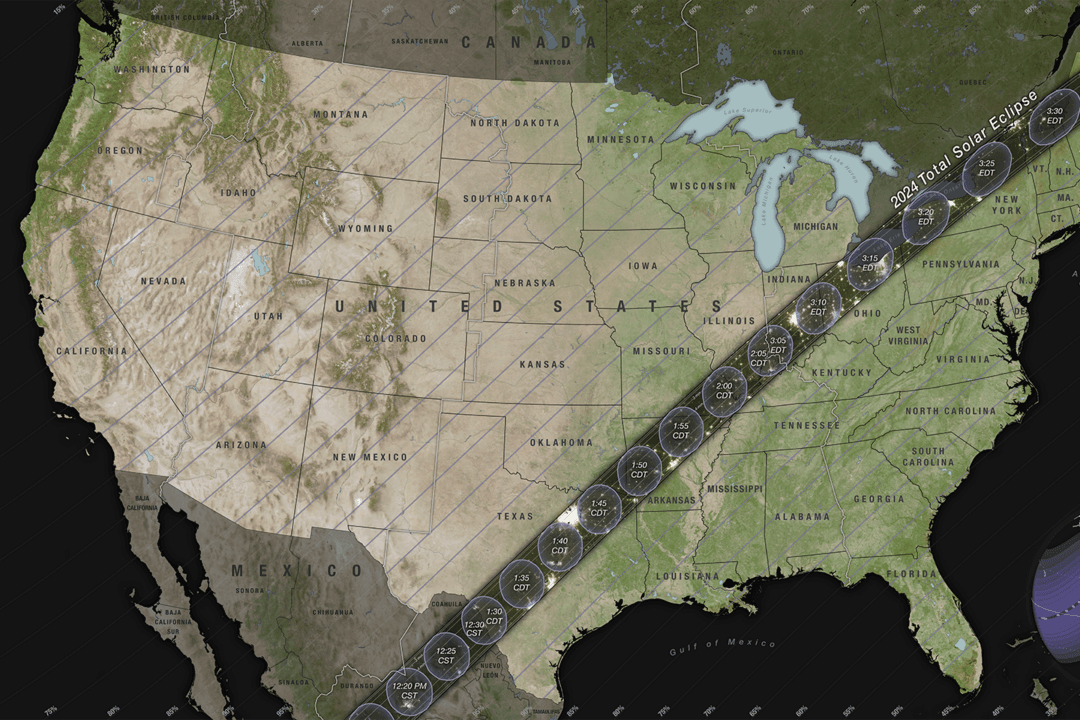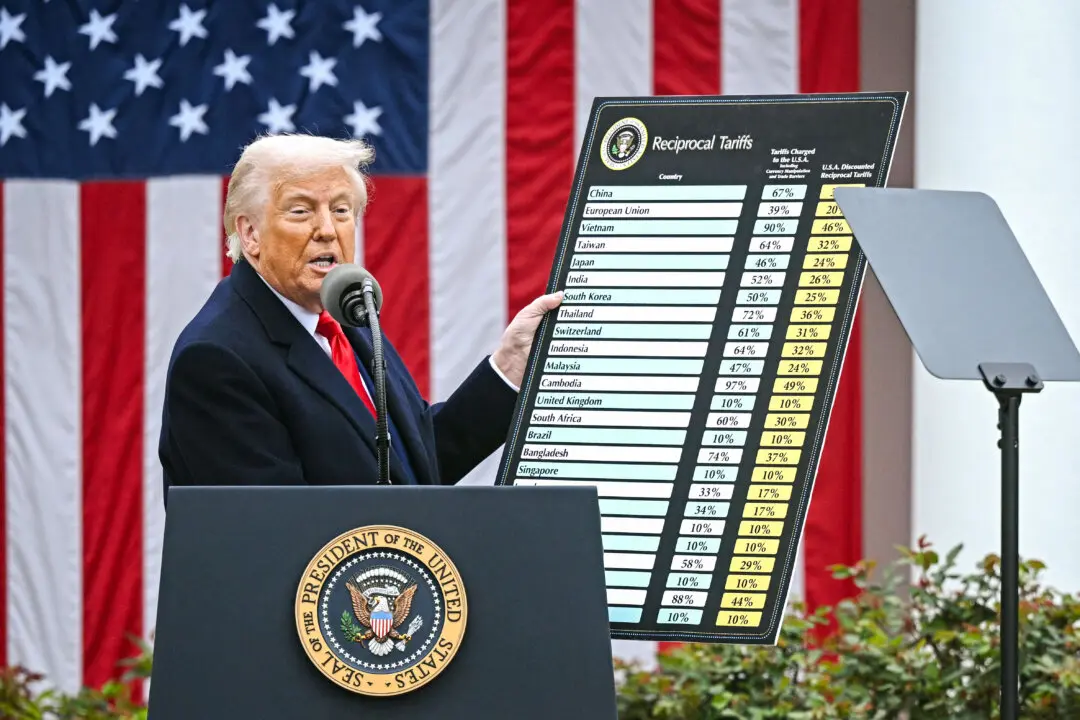A state of emergency has been declared near Niagara Falls to prepare for this month’s total solar eclipse amid expectations that hundreds of thousands of tourists will visit the area.
The Ontario, Canada, region of Niagara Falls declared the emergency ahead of the April 8 eclipse, which will be the first to touch the province since 1979. National Geographic has said that Niagara Falls is one of the best places to see it.





